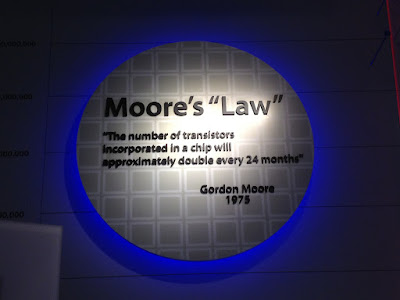 [MIT] Google CEO Sundar Pichai was obviously excited when he spoke to developers about a blockbuster result from his machine-learning lab earlier this month. Researchers had figured out how to automate some of the work of crafting machine-learning software, something that could make it much easier to deploy the technology in new situations and industries.
[MIT] Google CEO Sundar Pichai was obviously excited when he spoke to developers about a blockbuster result from his machine-learning lab earlier this month. Researchers had figured out how to automate some of the work of crafting machine-learning software, something that could make it much easier to deploy the technology in new situations and industries.But the project had already gained a reputation among AI researchers for another reason: the way it illustrated the vast computing resources needed to compete at the cutting edge of machine learning.
A paper from Google’s researchers says they simultaneously used as many as 800 of the powerful and expensive graphics processors that have been crucial to the recent uptick in the power of machine learning (see "10 Breakthrough Technologies 2013: Deep Learning"). They told MIT Technology Review that the project had tied up hundreds of the chips for two weeks solid--making the technique too resource-intensive to be more than a research project even at Google.
A coder without ready access to a giant collection of GPUs would need deep pockets to replicate the experiment. Renting 800 GPUs from Amazon’s cloud computing service for just a week would cost around $120,000 at the listed prices.
 The electrical engineer and billionaire businessman, Gordon Moore, founder of “Intel Corporation” is the man who first observed in 1965 that the amount of transistors in a printed circuit board would double roughly every two years and predicted that it would carry on like that for at least another ten years or so. 50 years later his prediction is still happening. Therefore, it is called Moore’s Law
The electrical engineer and billionaire businessman, Gordon Moore, founder of “Intel Corporation” is the man who first observed in 1965 that the amount of transistors in a printed circuit board would double roughly every two years and predicted that it would carry on like that for at least another ten years or so. 50 years later his prediction is still happening. Therefore, it is called Moore’s Law